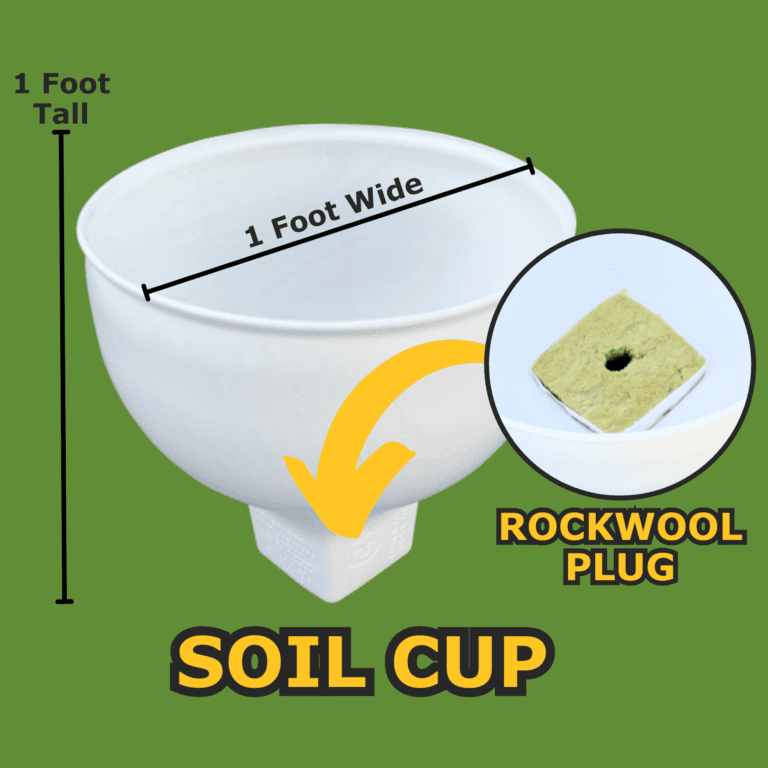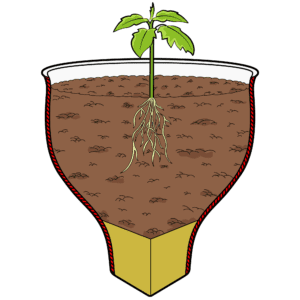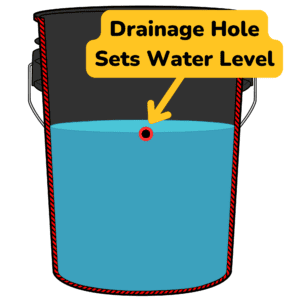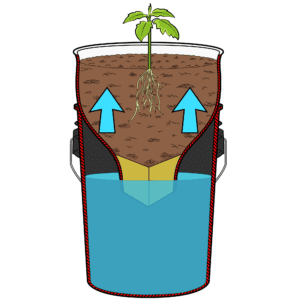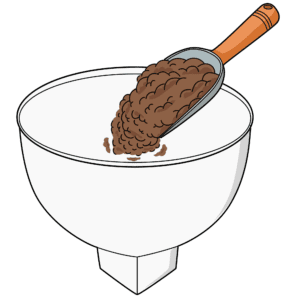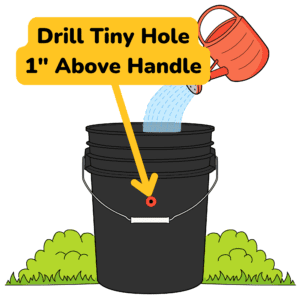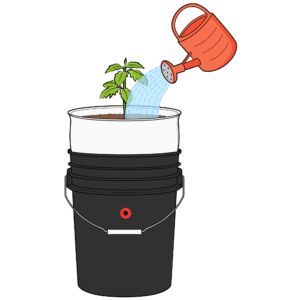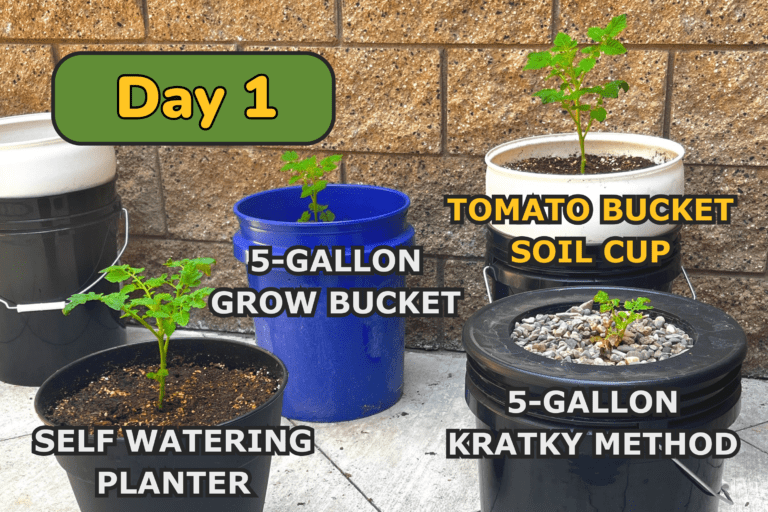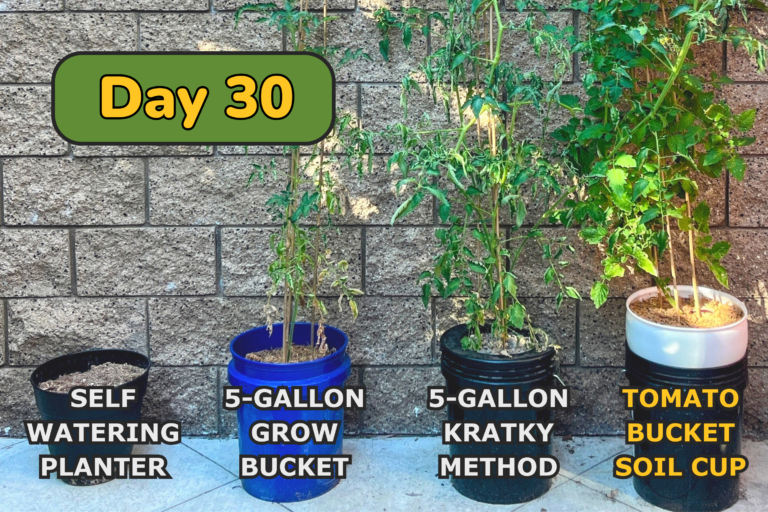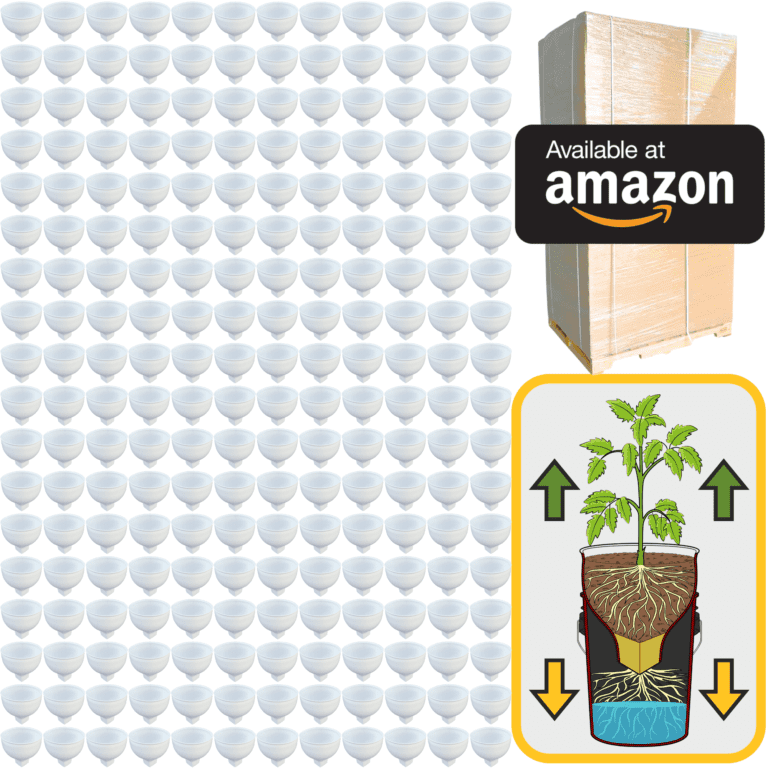Number 10: Radishes: Quick and Crunchy Harvests for Crisp Days
Radishes are the epitome of quick rewards in the garden, making them a great choice for fall planting in Zone Number 3: You can expect to harvest these vibrant, crunchy roots within 25 to 30 days of sowing. They thrive in full sun but can also tolerate some shade, which is helpful as the days get shorter in fall.
Regular watering is essential for radishes; they prefer consistently moist soil to develop their signature crunch. A well-draining, loamy soil that has been enriched with organic matter will yield the best results. Fertilize lightly with a balanced option to promote healthy growth. Ideal temperatures for radish growth range from 50°F to 70°F. Be watchful for pests like aphids and flea beetles; using row covers can provide an effective barrier. Space radish seeds about an inch apart, and thin them out as needed to prevent overcrowding. No pruning is necessary, but regular harvesting will keep your plants productive. Mulching helps retain moisture and suppress weeds, and companion planting with lettuce can create a thriving fall garden.
Number 9: Lettuce: The Cool-Weather Green for Fall Salads
Lettuce is another fantastic choice for fall gardening, offering fresh, crisp greens perfect for salads. In Zone 3, you can start harvesting lettuce about 30 to 60 days after sowing, depending on the variety. This leafy green prefers partial shade, especially as the temperatures begin to drop, making it ideal for fall planting.
To ensure success, keep the soil consistently moist, as lettuce can wilt quickly in dry conditions. Choose rich, well-drained soil that has been amended with plenty of organic matter. A light application of nitrogen-rich fertilizer can help produce lush leaves. Lettuce grows best at temperatures between 60°F and 70°F, so it thrives during the cooler fall months. Keep an eye out for pests like slugs and aphids; hand-picking and using organic pesticides can help manage these nuisances. Space your lettuce seeds about 12 inches apart to allow for healthy growth. Regularly harvesting outer leaves will encourage continuous production. Adding mulch can help retain moisture and keep the soil cool, while companion planting with carrots can enhance the garden’s productivity.
Number 8: Spinach: Nutritious Greens for Fall Harvests
Spinach is a nutrient-dense green that flourishes in the cooler temperatures of fall in Zone Number 3: You can expect to start harvesting spinach leaves about 6 to 8 weeks after planting. This leafy green loves full sun but can benefit from some afternoon shade, especially as temperatures fluctuate in early fall.
For optimal growth, spinach requires rich, well-drained soil with plenty of organic matter. Consistent watering is key, as spinach is sensitive to drought conditions. A balanced fertilizer can support leaf development, but be cautious not to over-fertilize. Spinach thrives at temperatures between 45°F and 75°F. Watch for pests like leaf miners and aphids; using row covers or insecticidal soap can help keep them in check. Space your spinach seeds about 2 to 4 inches apart, and thin them out as necessary to promote healthy growth. Regularly harvesting the outer leaves encourages new growth. Mulching can help retain moisture and suppress weeds, while companion planting with strawberries can enhance flavor and growth.
Number 7: Kale: The Hardy Green for Cooler Weather
Kale is a hardy green that thrives in fall gardens, making it an excellent choice for Zone Number 3: You can start harvesting kale leaves about 55 to 75 days after planting. This nutrient-packed vegetable loves full sun but can tolerate some shade as the weather cools. Regular watering is essential, especially as temperatures drop.
For optimal growth, kale prefers rich, well-drained soil that has been amended with organic matter. A nitrogen-rich fertilizer can support robust leaf development. Kale grows best in temperatures between 60°F and 70°F, which makes fall an ideal time for planting. Be vigilant about pests like aphids and cabbage worms; using floating row covers can provide an effective barrier. Space your kale plants about 12 to 18 inches apart to allow for healthy growth. Pruning is minimal; simply harvest outer leaves regularly to encourage new growth. Mulching helps retain moisture and suppress weeds, while companion planting with beets or onions can enhance growth.
Number 6: Turnips: A Nutritious Dual-Purpose Crop
Turnips are a fantastic dual-purpose crop that offers both nutritious roots and delicious greens. You can expect to harvest turnips approximately 50 to 60 days after planting. These cool-weather crops thrive in full sun but can also tolerate some shade, making them suitable for fall planting.
Regular watering is important for turnips, as they prefer consistently moist soil. Plant them in well-drained soil enriched with organic matter to promote healthy growth. A balanced fertilizer can help support both root and leaf development. Turnips grow best at temperatures between 50°F and 75°F. Watch for pests like aphids and flea beetles; row covers can provide effective protection against these nuisances. Space your turnip seeds about 3 to 4 inches apart and thin them out as they grow to avoid overcrowding. Pruning is minimal, as you can harvest both the roots and the leaves. Mulching helps retain soil moisture and suppress weeds, while companion planting with radishes or lettuce can enhance growth.
Number 5: Mustard Greens: A Peppery Addition to Your Fall Garden
Mustard greens are a flavorful and nutritious addition to fall gardens in Zone Number 3: You can expect to start harvesting these peppery leaves about 30 to 40 days after planting. They thrive in full sun but can tolerate partial shade, especially as temperatures begin to drop in the fall.
For optimal growth, plant mustard greens in well-drained, fertile soil that has been enriched with organic matter. Regular watering is essential, as they prefer consistently moist soil to prevent bitterness in the leaves. A balanced fertilizer applied every few weeks can support healthy leaf production. Mustard greens grow best at temperatures between 50°F and 75°F. Be vigilant for pests such as aphids and caterpillars; hand-picking and organic pesticides can help manage these pests. Space your mustard greens about 6 to 12 inches apart for healthy growth. Pruning isn’t necessary, but regularly harvesting leaves will encourage new growth. Mulching helps retain moisture and suppress weeds, while companion planting with beans or carrots can enhance garden productivity.
Number 4: Carrots: Sweet Roots for Autumn Harvests
Carrots are a beloved root vegetable that does exceptionally well in the cooler fall months of Zone Number 3: You can expect to harvest your carrots about 70 to 80 days after sowing. Carrots thrive in full sun and require well-drained, sandy soil to develop their sweet flavor.
Regular watering is crucial; carrots need consistently moist soil to grow well. A light application of fertilizer focusing on phosphorus and potassium can support robust root growth. Carrots prefer temperatures between 50°F and 75°F, making fall an ideal time for planting. Keep an eye out for pests like carrot flies and nematodes; using floating row covers can help deter these pests effectively. Space your carrot seeds about 2 to 4 inches apart, and once they sprout, thin them out to prevent overcrowding. No pruning is needed, but regular mulching can help retain moisture and suppress weeds. Companion planting with onions or leeks can provide mutual benefits, deterring pests while enhancing growth.
Number 3: Beets: Earthy Delights for Your Fall Table
Beets are a versatile vegetable that flourishes in fall gardens, offering both nutritious roots and greens. You can expect to start harvesting beets about 55 to 70 days after planting. Beets thrive in full sun but can tolerate some shade as the temperatures cool. Regular watering is key; keep the soil consistently moist for healthy growth.
For optimal development, beets prefer rich, well-drained soil that is well amended with organic matter. A balanced fertilizer can enhance growth, particularly one high in potassium and phosphorus. Ideal temperatures for beets range from 50°F to 85°F. Be vigilant for pests like aphids and leaf miners; careful monitoring and natural pesticides can help manage these issues. Space beet seeds about 3 to 4 inches apart to allow for proper bulb formation. Pruning isn’t necessary, but thinning is essential to avoid overcrowding. Mulching helps regulate soil temperature and retain moisture, while companion planting with onions or garlic can deter pests and enhance growth.
Number 2: Arugula: The Spicy Green for Your Fall Dishes
Arugula is a quick-growing leafy green that brings a peppery kick to your salads and dishes. You can expect to start harvesting arugula leaves about 30 to 40 days after planting. This cool-weather crop thrives in full sun but can benefit from partial shade, especially as temperatures drop in the fall.
Regular watering is important; arugula prefers consistently moist soil. Plant it in well-drained soil rich in organic matter for optimal growth. A balanced fertilizer can support healthy leaf production. Arugula grows best at temperatures between 45°F and 75°F. Keep an eye out for pests like aphids and caterpillars; using insecticidal soap can effectively manage these pests. Space your arugula seeds about 6 inches apart to allow for healthy growth. Pruning is minimal; simply harvest outer leaves regularly to encourage more growth. Mulching helps retain soil moisture and suppress weeds, while companion planting with radishes or lettuce can enhance your garden’s productivity.
Number 1: Garlic: The Essential Flavor for Every Garden
Garlic is often hailed as the crown jewel of the fall garden, particularly in Zone Number 3: You can expect to start harvesting garlic about 8 to 9 months after planting, typically in mid to late summer the following year. Garlic thrives in full sun and prefers well-drained, fertile soil that has been amended with plenty of organic matter.
Regular watering is crucial, especially during dry spells; garlic needs consistent moisture during the early growth stages. A balanced fertilizer at planting time can support healthy growth, but be careful not to over-fertilize, as this can lead to excessive foliage and fewer bulbs. Garlic grows best at temperatures between 50°F and 75°F. Be vigilant about pests like onion thrips and nematodes; using row covers can provide effective protection. Space your garlic cloves about 4 to 6 inches apart to allow for proper bulb development. Pruning is minimal; simply remove any yellowing leaves as they appear. Mulching helps retain soil moisture and suppress weeds, while companion planting with carrots or tomatoes can enhance growth.
Gardening in Zone 3 during the fall offers unique opportunities for growing a variety of delicious herbs and vegetables. Each of these crops brings unique flavors and benefits to your meals, creating a bountiful and satisfying fall garden. Embrace the joy of growing your food, and happy gardening!

